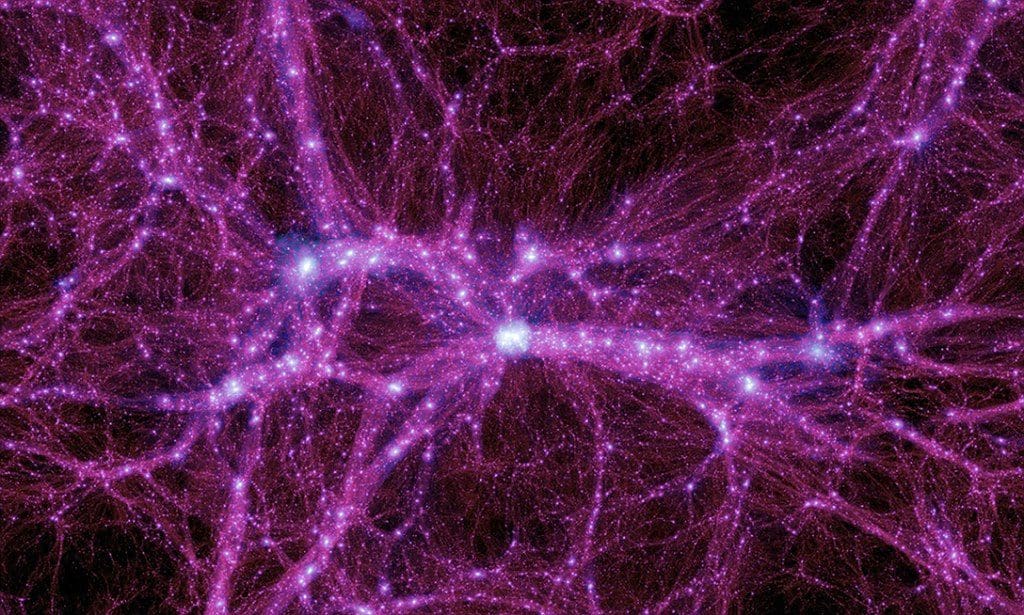Astronomers observe distant galaxies not as they are, but as they were long ago thanks to the unchanging speed of light. The same holds true for the matter, whether normal or dark, that envelops these old galaxies.
This information, together with a cosmic signal that was sent out soon after the Big Bang, was recently utilized by astronomers to map how dark matter was dispersed among galaxies some 12 billion years ago. In other words, they discovered that the dark matter was less “clumpy” than anticipated, which, if verified, would imply that many established cosmological theories need to be revised. Although measuring “invisible” matter can be challenging, the conventional method uses two galaxies—one in the foreground and one in the background.
Einstein postulated that the foreground galaxy’s powerful gravity actually warps the space-time surrounding it.
Scientists Have Observed Dark Matter Around Ancient Galaxies
As a result, light from the background galaxy is twisted as it passes by the foreground galaxy, much like an optical lens. This causes gravitational lensing, which causes the background galaxy to be both greatly warped and enlarged.
When the front galaxy (“lens galaxy”) contains a lot of mass, the background galaxy (or “source galaxy”) looks more strongly deformed, so scientists may examine the distortions to figure out the distribution of matter, including dark matter, surrounding the lens galaxy. However, this technique is only effective when the source galaxy is sufficiently luminous to illuminate the lens galaxy.
Additionally, astronomers have not yet been able to determine the amount of dark matter present in galaxies that were created before around 8 to 10 billion years ago due to how dim and really distant galaxies are. They are now mostly in the dark regarding the real structure of the early cosmos as a result.
A team of astronomers recently changed the strategy in an effort to get around this difficulty. They chose to substitute the cosmic microwave background (CMB), which was released when the cosmos was just 300,000 years old, for a source galaxy in place of two galaxies.



